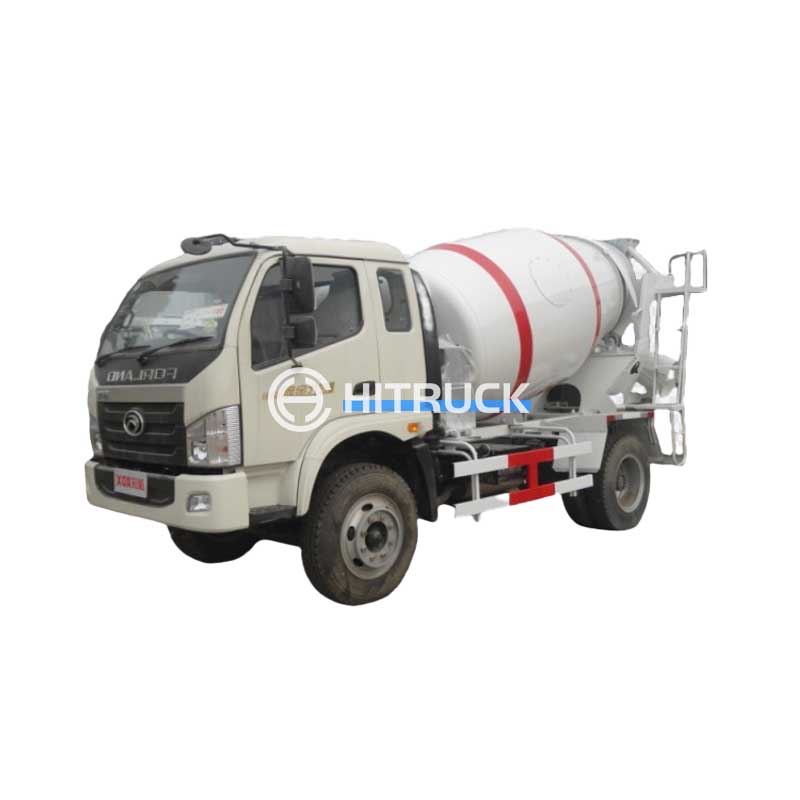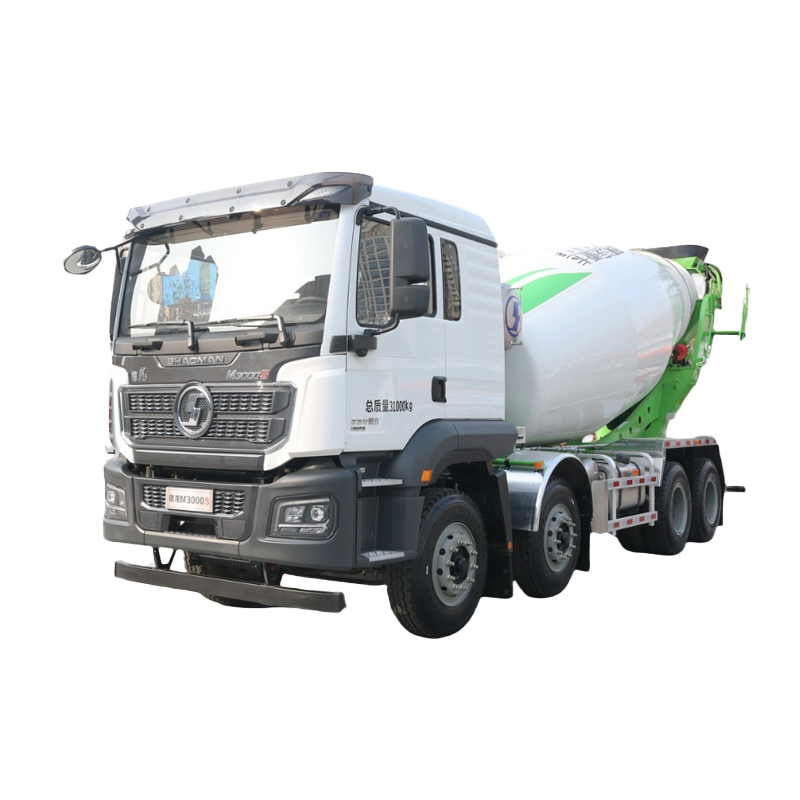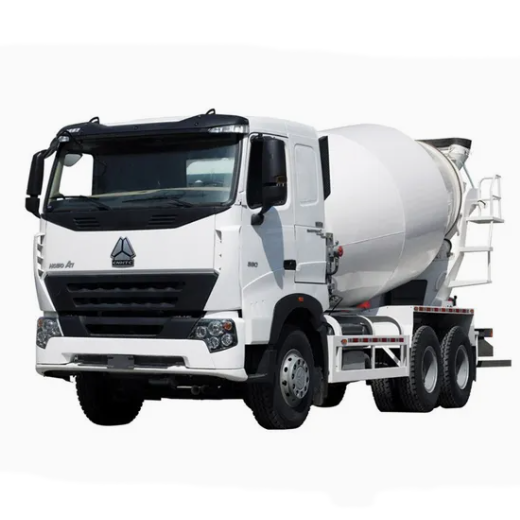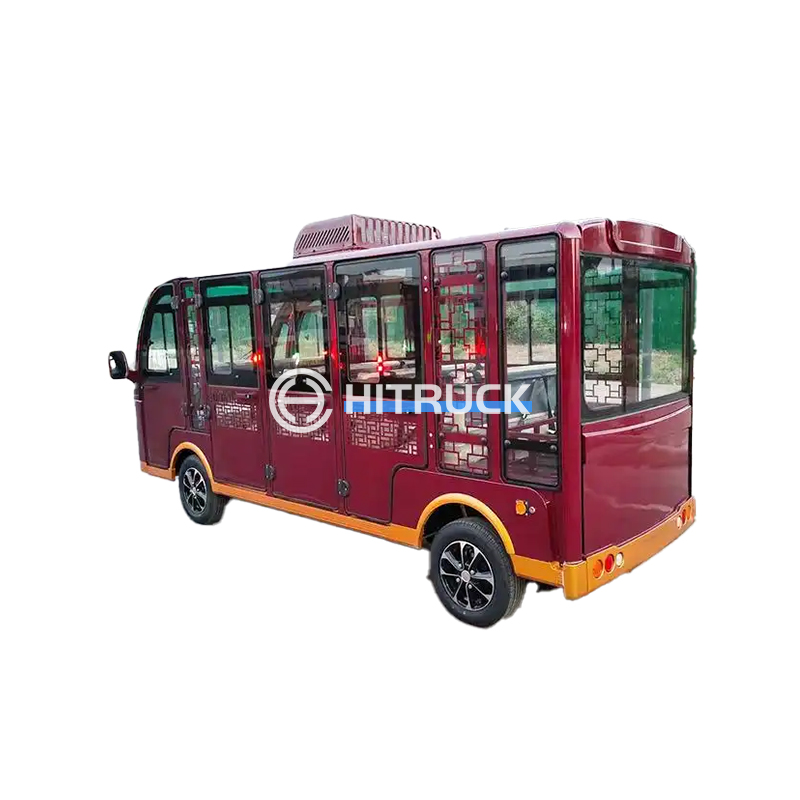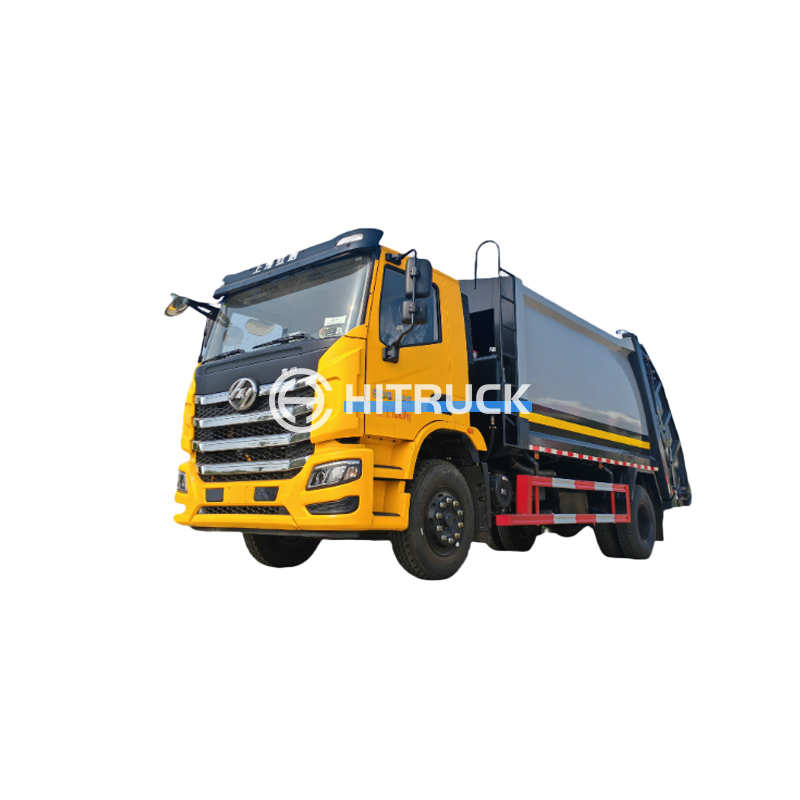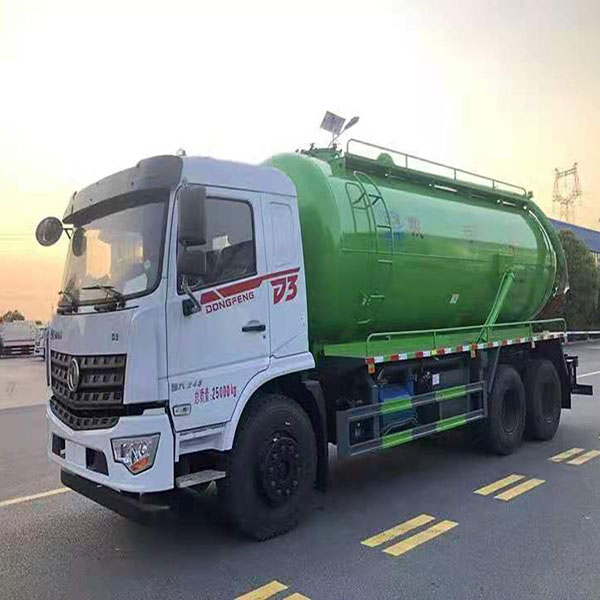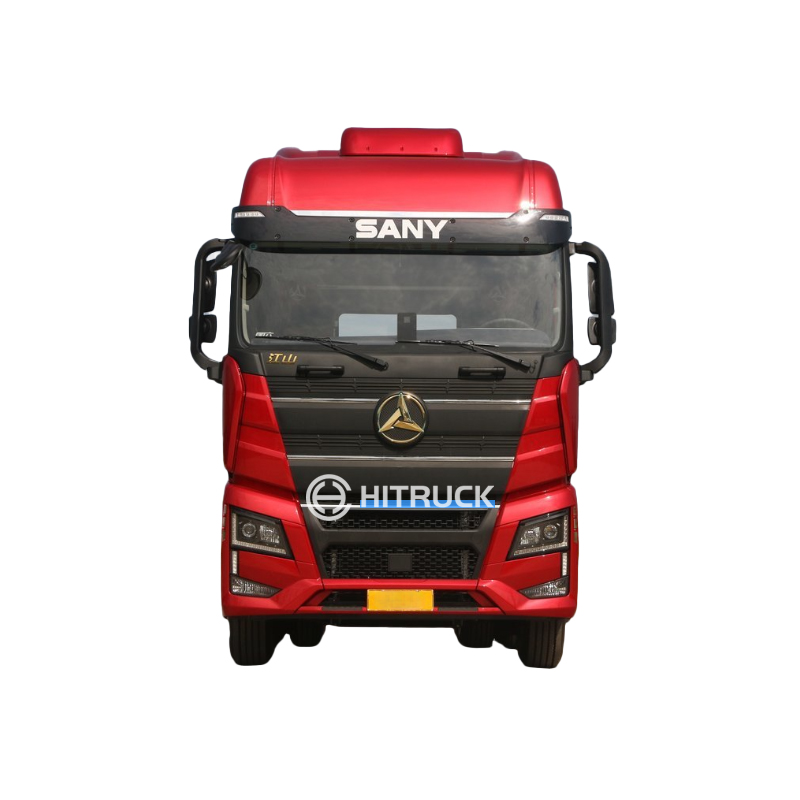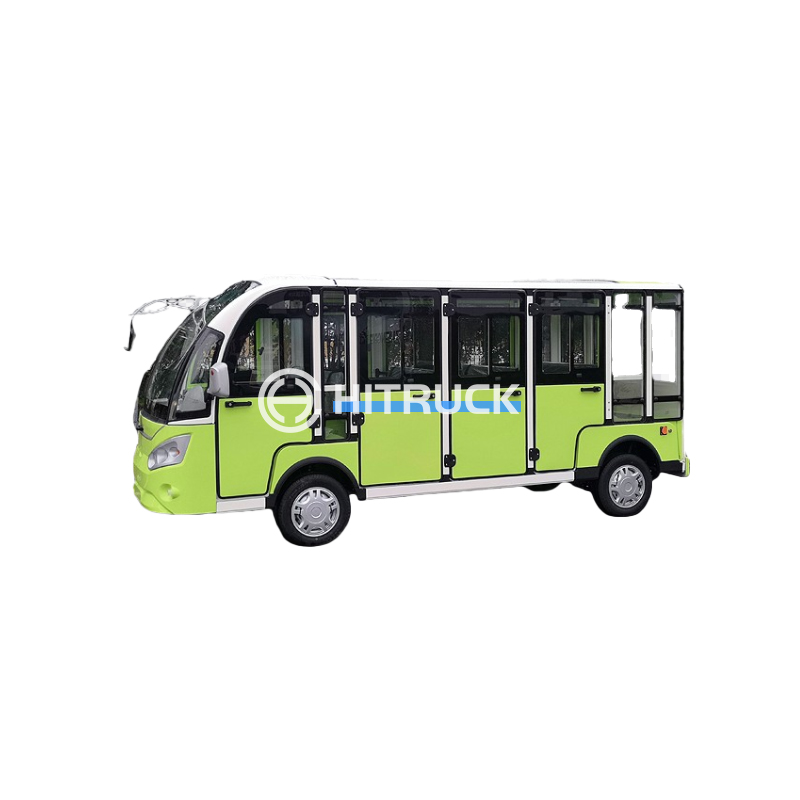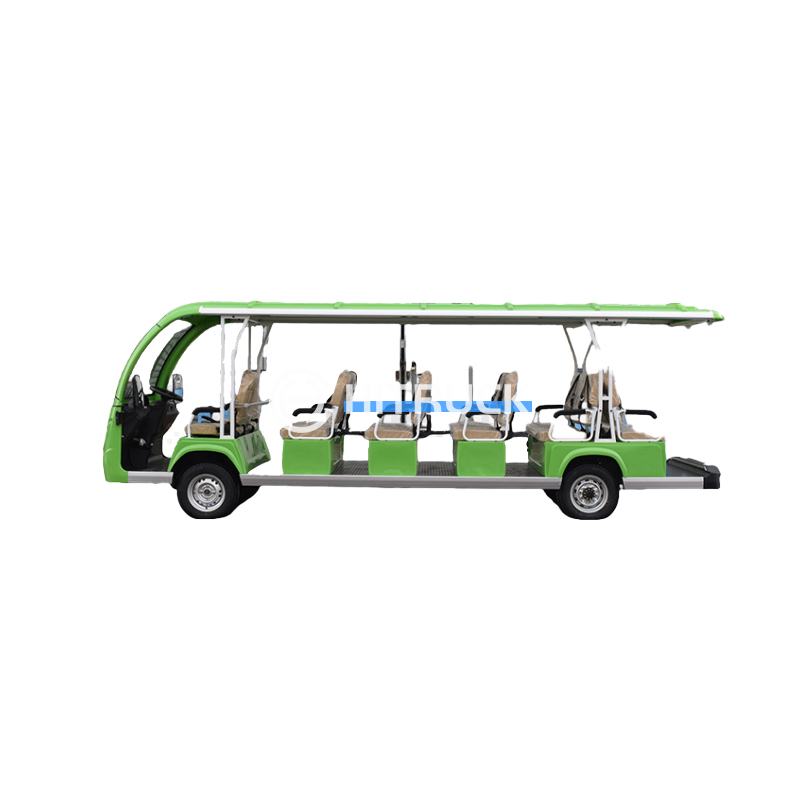This comprehensive guide explores the various types of warehouse cranes, helping you select the optimal solution for your specific warehouse operations. We'll cover key factors to consider, including capacity, reach, power source, and safety features. Understanding these aspects will ensure efficient material handling and a safe working environment.
Overhead cranes, also known as bridge cranes, are a common sight in many warehouses. They consist of a bridge structure that spans the width of the warehouse, supporting a trolley that moves along the bridge. This setup allows for the lifting and movement of heavy loads across a large area. Different types of overhead cranes exist, including single-girder and double-girder cranes, each suited for specific weight capacities and spans. Consider the weight of your heaviest loads and the dimensions of your warehouse when choosing an overhead crane. Proper installation and regular maintenance are crucial for safety and longevity. For larger-scale operations, or those requiring higher lifting capacities, a double-girder overhead warehouse crane may be the most suitable choice.
Jib cranes are a more compact solution, ideal for smaller warehouses or specific work areas within a larger facility. They consist of a jib arm mounted on a vertical mast, allowing for lifting and movement within a limited radius. Jib cranes are often used for lifting smaller loads and are available in various configurations, including wall-mounted, free-standing, and cantilever jib cranes. The choice between these options depends on the available space and the intended use. For loading and unloading trucks in your warehouse, for instance, a carefully positioned jib warehouse crane can significantly improve efficiency.
Gantry cranes are similar to overhead cranes but operate on the ground rather than suspended from the ceiling. This makes them suitable for outdoor applications or areas where overhead crane installation is not feasible. They are often used in manufacturing plants, shipping yards, and other open spaces. While less common in indoor warehouse settings, gantry warehouse cranes may offer unique benefits when dealing with unusually large or heavy materials. Like overhead cranes, gantry cranes come in various designs with varying lifting capacities, so careful consideration of load requirements is essential.
Choosing the right warehouse crane involves careful consideration of several factors. These include:
Selecting a reputable supplier is paramount. A reliable supplier will offer guidance throughout the selection process, ensuring the chosen warehouse crane meets your specific requirements. They should also provide comprehensive installation, maintenance, and repair services. When researching suppliers, check their online reviews and testimonials to gauge their reliability and customer service.
Selecting the appropriate warehouse crane is a critical decision that impacts efficiency, safety, and overall operational costs. By carefully considering the factors outlined above and partnering with a trustworthy supplier, you can optimize your warehouse operations and ensure a safe working environment. Remember to prioritize safety and always consult with professionals for proper installation and maintenance.
| Crane Type | Capacity (tons) | Typical Applications |
|---|---|---|
| Overhead Crane | 1-100+ | Large warehouses, manufacturing plants |
| Jib Crane | 0.5-10 | Small warehouses, workshops, loading docks |
| Gantry Crane | 1-50+ | Outdoor applications, construction sites |
For more information on material handling equipment, visit Suizhou Haicang Automobile sales Co., LTD.

